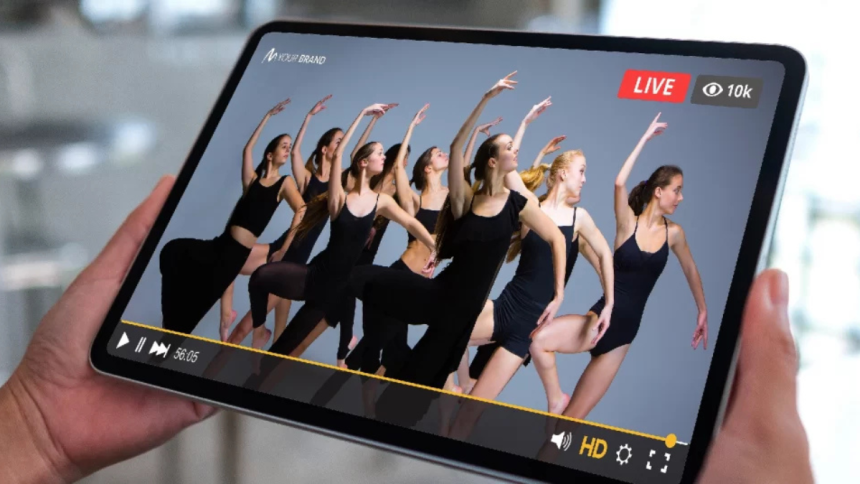In a world where attention spans are shrinking and content consumption is skyrocketing, live video streaming development has emerged as the digital glue holding audiences together. It’s changing sports, entertainment, journalism, and even personal events. Live streaming connects producers and viewers in a way that static media can’t. It sends video in real time across continents and platforms.
Let’s look at how developing live video streaming increases engagement, company success, and fan excitement on all platforms.
The Heartbeat of Streaming
Think of a stadium full of fans who are making a lot of noise. Imagine millions more people cheering in real time from mobile phones, smart TVs, or living rooms, all connected by a screen and a feed. The evolution of live video streaming is amazing.
Live streaming is more appealing than on-demand video since it is immediate. People are more interested in a soccer final, a product launch, or a Q&A when they feel like they are part of it. Live comments, polls that people can vote on, and social media integration make this involvement even better by giving people a shared experience that makes them more loyal. This helps firms grow their brands. Companies may use live streaming to create communities, promote openness, and make their message more relatable.
Sports And Live Video Go Together Perfectly
Fans want things that are immediate, emotional, and happening right now. Thanks to advanced live video streaming development, you can now livestream soccer, tennis, motorsports races, and other high-octane events with cinematic flair.
Imagine being able to switch between cockpit, pit lane, and aerial camera views on your tablet during a Formula 1 race. Or watching tennis on your smart TV with real-time player info and heat maps. Fans keep coming back because of immersion.
First and foremost, this material works on any platform. People that like modern sports watch from LG, Samsung, and Sony smart TVs featuring high-definition pictures. You may access and engage with it on the web, your phone, or your tablet. People may watch their favorite shows on Android TV, Apple TV, Roku, and Amazon Fire TV set-top boxes.
By making sure that various platforms work together smoothly, you make things easier and grow your business around the world. When time zones and borders blur, your content becomes global.
One Size Doesn’t Fit All
Basic streaming technology is crucial, but software that is made to fit your needs and goals is what really helps your organization. Off-the-shelf platforms are useful but not yours, just like rental cars. But a personalized streaming app is like a fancy car made just for you, your route, your speed, and your view.
You can add custom ways to make money, real-time analytics, adaptive streaming, DRM, and links to CRMs, eCommerce sites, and third-party APIs.
For instance:
- To maintain their broadcasting rights, sports leagues may need geo-blocking.
- For virtual concerts, music platforms may need very low latency.
- Health organizations may need telemedicine architecture that follows HIPAA rules.
Custom programming lets businesses manage three important parts of their streaming strategy: scalability, security, and user experience. Not simply a video player, but a dynamic digital ecosystem for your business and users.
Oxagile In The Streaming Ecosystem
Not many companies can do what Oxagile, a maker of live video streaming software, can do. Oxagile offers businesses complete streaming solutions, including backend media servers and sleek front-end interfaces.
Their domain-specific approach makes sure that solutions meet the objectives of each market. For example, they make real-time interactivity for EdTech, multi-DRM systems for OTT platforms, and AI-driven video indexing for businesses.
To help businesses stay competitive in the constantly changing world of digital media, Oxagile makes smart, scalable, and secure solutions.
Conclusion
Developing live video streaming brings people together, gets them involved, and helps them grow. Thanks to clever distribution and new ideas, organizations can reach consumers all around the world on different devices. The future of communication is here, from live streaming a Grand Slam tournament to introducing a product worldwide.
Lynn Martelli is an editor at Readability. She received her MFA in Creative Writing from Antioch University and has worked as an editor for over 10 years. Lynn has edited a wide variety of books, including fiction, non-fiction, memoirs, and more. In her free time, Lynn enjoys reading, writing, and spending time with her family and friends.















